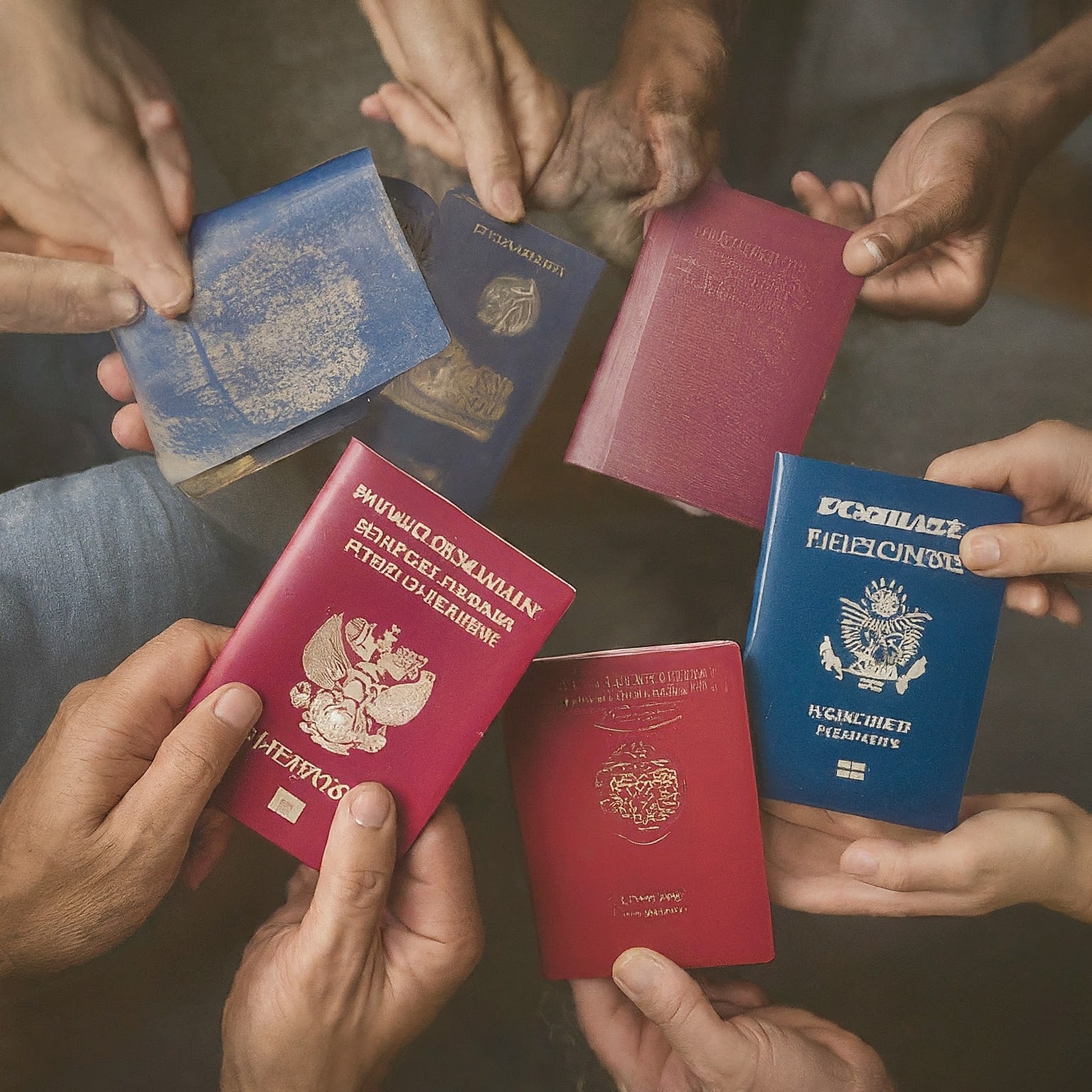In our interconnected world, clear and concise identification is crucial. This is where ISO country names come in, providing a standardized system for referencing nations across borders and languages.

ISO stands for the International Organization for Standardization, a body that establishes international agreements for a wide range of processes and products. ISO 3166-1 is the specific standard that assigns unique codes to countries, dependent territories, and special areas of geographical interest. These codes come in three formats:
-
ISO 3166-1 alpha-2:
- Two-letter codes like US for the United States or FR for France. These are the most widely used format, appearing in country code top-level domains (like .com or .fr) for websites.
-
ISO 3166-1 alpha-3:
- Three-letter codes like USA for the United States or FRA for France. These can be more intuitive than the two-letter codes, especially for countries with shorter names.
-
ISO 3166-1 numeric:
- Three-digit numeric codes like 840 for the United States or 250 for France. These are script-independent, making them ideal for computer systems using non-Latin alphabets.
ISO country names offer several advantages:
-
Universality:
- Everyone, regardless of language or location, understands the codes. This is essential for international trade, travel, and communication.
-
Accuracy:
- The system eliminates confusion caused by variations in country names across languages.
-
Efficiency:
- Codes streamline data processing and information exchange.
Beyond the core country codes, ISO 3166-1 also includes reserved codes for special situations. For instance, “XK” is reserved for use with Kosovo, whose political status is disputed.
Understanding ISO country names is a valuable asset in today’s globalized world. Whether you’re a business professional, a frequent traveler, or simply someone with a curious mind, these codes provide a common language for identifying nations and fostering international cooperation.
لا تعليق